- Joined
- May 16, 2007
- Messages
- 961
- Reaction score
- 11
- Website
- www.deadeyestudio.com
- Can others edit my Photos
- Photos OK to edit
About 35 years ago I had several photogs take pictures for me that had to be exact in there color. I was very young at the time and remember holding up there color card beside the subject wile they took the pictures. Every print failed to match in color from every photographer that tried. In the end we had an artist to hand paint it to get the required result. After all these decades Im still wondering how should this be done ?


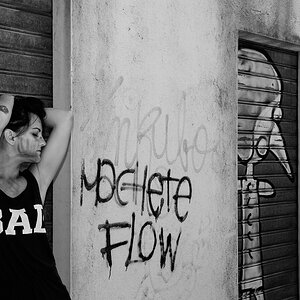
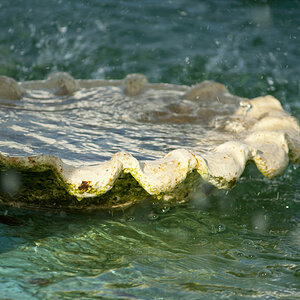


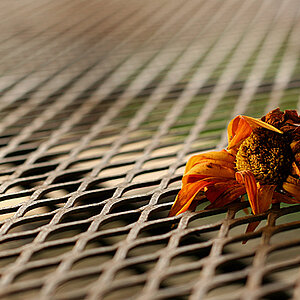
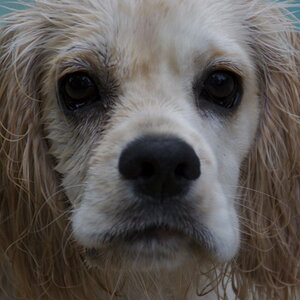
![[No title]](/data/xfmg/thumbnail/36/36661-18a8e3651b710864d15fa75baedaac77.jpg?1619737675)
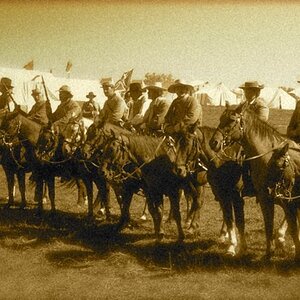
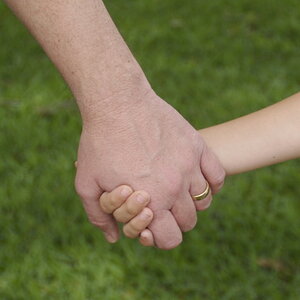
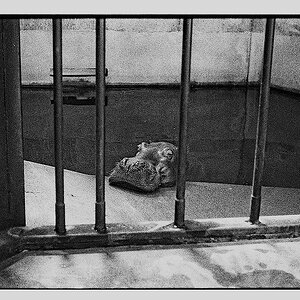
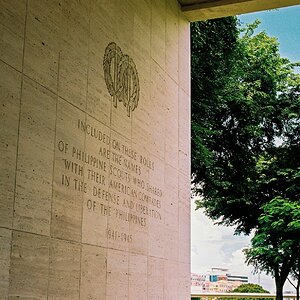
![[No title]](/data/xfmg/thumbnail/33/33023-51777cffdd160249e68e593d19942418.jpg?1619735835)